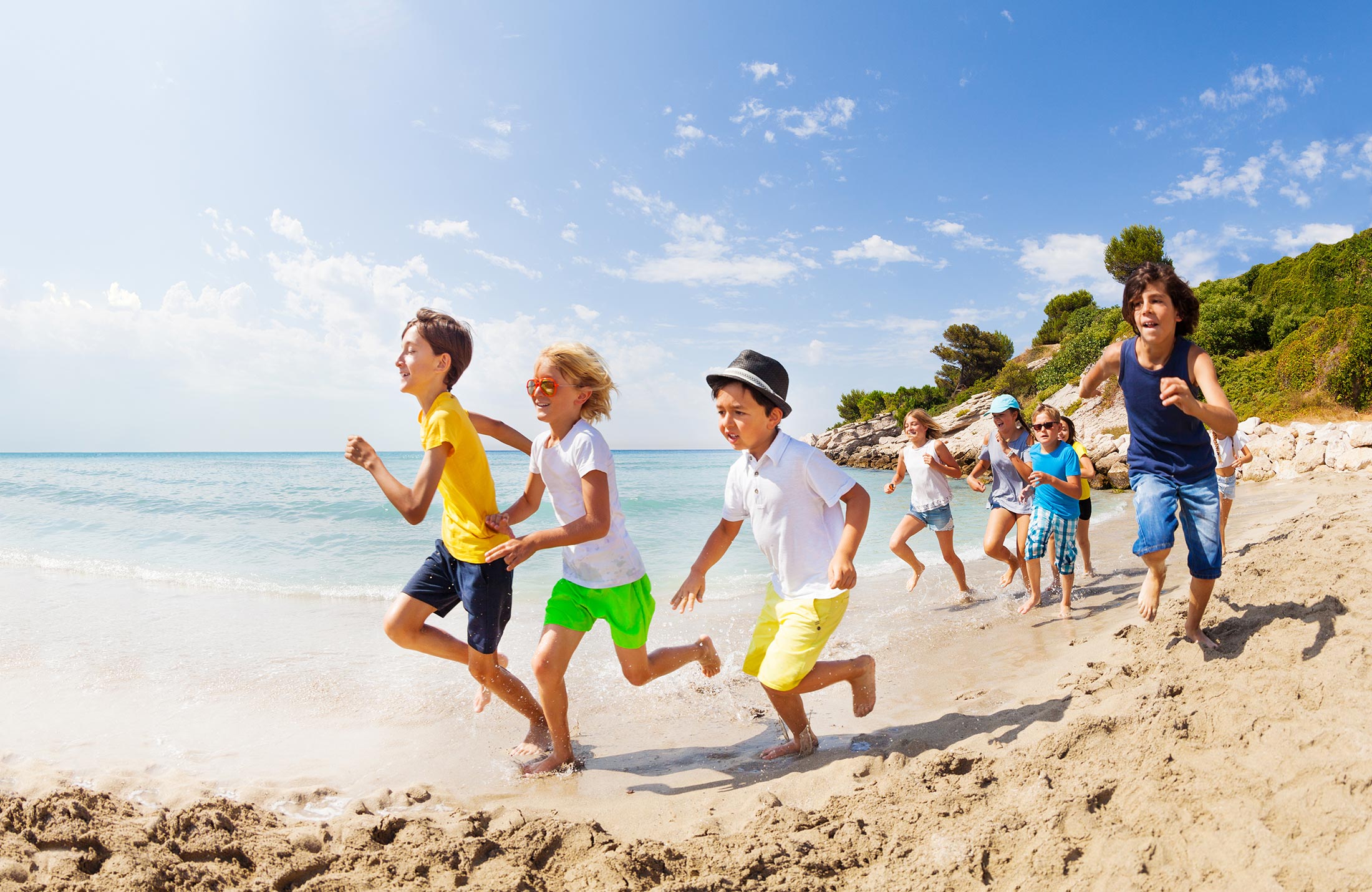
Barefooting
Humans are the only animal that wear shoes. Apart from vanity I cannot really see much in terms of benefit from wearing shoes. At least as far as the modern, rigid coffins for the feet are concerned. See, here's the rub, pardon the pun, but shoes have a lot to answer for in terms of our dysfunction and ill health.
We spend a lot of time on our feet. Most of the time those feet will come into contact with man made surfaces such as concrete and tarmac as well as general filth and grime that sits on the surfaces. Sometimes it’s cold. Sometimes it’s wet. Shoes are a statement of ones’ fashion sense or even monetary status. So yes, I can see plenty of arguments siding with wearing shoes. BUT! Can the modern shoes actually be responsible for our dwindling health and increasing incidence of foot and lower limb problems?
Why - Humans have been around for around 6 million years. In relation modern shoes are a very recent invention. Prior to them we used to tie hides around our feet when it was too cold and only wore sandals when it wasn’t but the terrain required some foot protection. And I am guessing we had far fewer ankle sprains, meniscal tears, hip arthritis, and even lower back issues.
At some point in history going barefoot went out of fashion. Then the footwear industry was born and they have been very vocal and convincing in their arguments for us to keep wearing shoes ever since. Nowadays it is socially unacceptable to be barefoot apart from when on the beach. Some shops actually bar barefooted people from entering their premises. The main argument (used by the footwear industry and even medical profession) is that the foot is inherently weak and fragile and it needs support and protection to maintain its ability function as the sole contact with the ground. Right? WRONG! The human foot is an extremely robust piece of kit, that is capable of withstanding many times body weight and it is able to mould around objects to provide perfect grip in a variety of conditions. If it’s only allowed to do so.
It is true that today we see a lot of people with feet so badly deconditioned that they actually need some kind of support. In some cases the problem has been allowed to run its course virtually past the point of no return. Yet for most there is still hope. Most feet can be ‘reconditioned’ relatively easily over time. Regaining the full function of ones feet is important for a number of reasons.
- Reduction of current injuries and pain in the lower limb
- Improved proprioceptive and neuro-muscular functioning
- Improved balance and sports performance
- Reduced likelihood of future injuries
- Reduced likelihood of future arthritis and fractures resulting from falls
- Improvements in general health resulting from grounding effect
What - The benefits of barefooting can be divided into two distinct camps, the neuro-mechanical and the general health related improvements. The reconditioning of a stiff, weak foot may take many months and it may require help from your friendly sports chiropractor to get things started. You may even require orthotics for a time (extreme cases only) to help get things moving.
The neuro-mechanical side of things comes from compressing and moving the foot joints in various different ways creating stretching in the muscles, joints capsules, tendons, ligaments, fascia and the skin. Also utilising varied temperatures and textures of surface can be helpful. This creates a barrage of proprioceptive stimulus into the brain and causes the brain to recognise the situation and to initiate the recovery and healing processes.
The general health benefits are more related to our relationship with the earth. Humans are electric beings. We are built of atoms and molecules and held together by electric charge. One of the main supplies of negatively charged ions to our bodies comes from the earth. That is why digging your feet into the sand on the beach always feels so good. The actual physiological effects range from reduced levels of inflammation to improved sleep quality, reduced stress hormone levels to increased energy levels and it can even help tackle persistent pain and immune system issues.
There is now evidence that running barefoot can even restart neurogenesis. Where we used to think that we were stuck with an ever dwindling pool of nerve cells apparently this is not true. The production line can be restarted by something so easy.
How - It so simple that it hardly seems credible. Take off your shoes and socks. Wiggle your toes. Massage and mobilise your feet and ankles. If your feet are sensitive (from too much time spent in socks and shoes) start by barefooting on smooth surfaces and carpets. Progress on to wood decking and grass. Slowly transition to sand, dirt and gravel. Just allow the feet to move. It’s helpful to remove your shoes when in the office - even if you are chained to your desk you can still gain benefit from doing some “ankle alphabets” and other foot mobilisers. Spend a bit of time barefoot in the garden or in the park and simply walk around on grass and dirt paths. Even walking on tarmac or concrete paths helps, but the best effect is gained from digging your toes into the dirt.
Once your feet have regained some of their former shape and function you can try a bit of barefoot running. There is really no feeling quite like it. You will notice how your legs become more relaxed and springy. You will find that your previously lumbering gait will be gradually replaced by the easy, graceful and fluid movement that running has always been for us humans.
A quick word of warning on barefoot shoes. Most barefoot shoes have nothing to do with barefooting. You need to be careful in choosing footwear that is helpful and not simply a clever marketing ploy. More on that in another article.
Take Home Message - Your feet are inherently strong, robust and resilient. Let them do their job.
